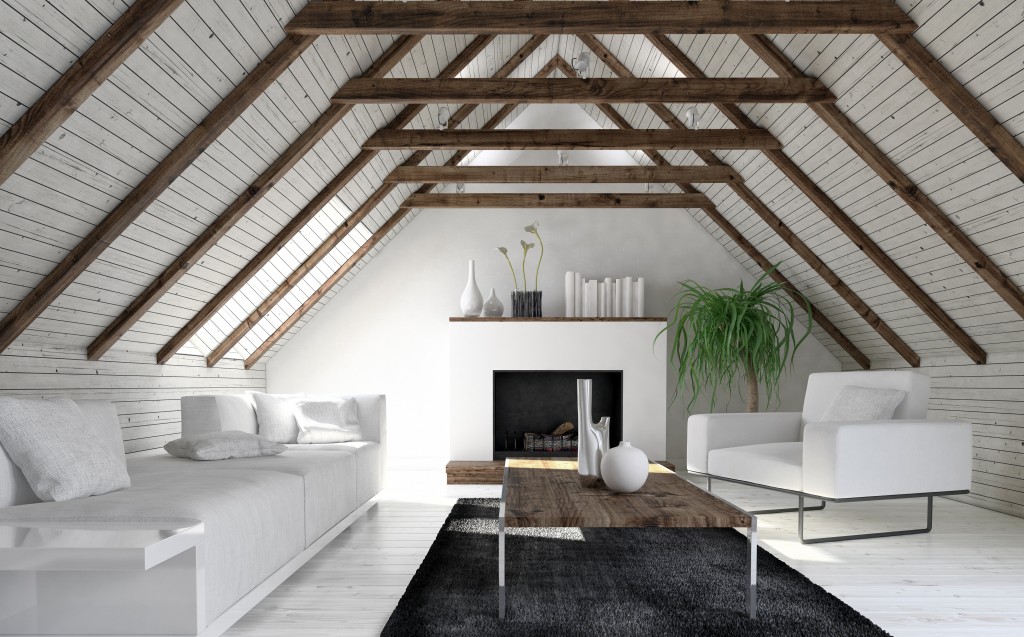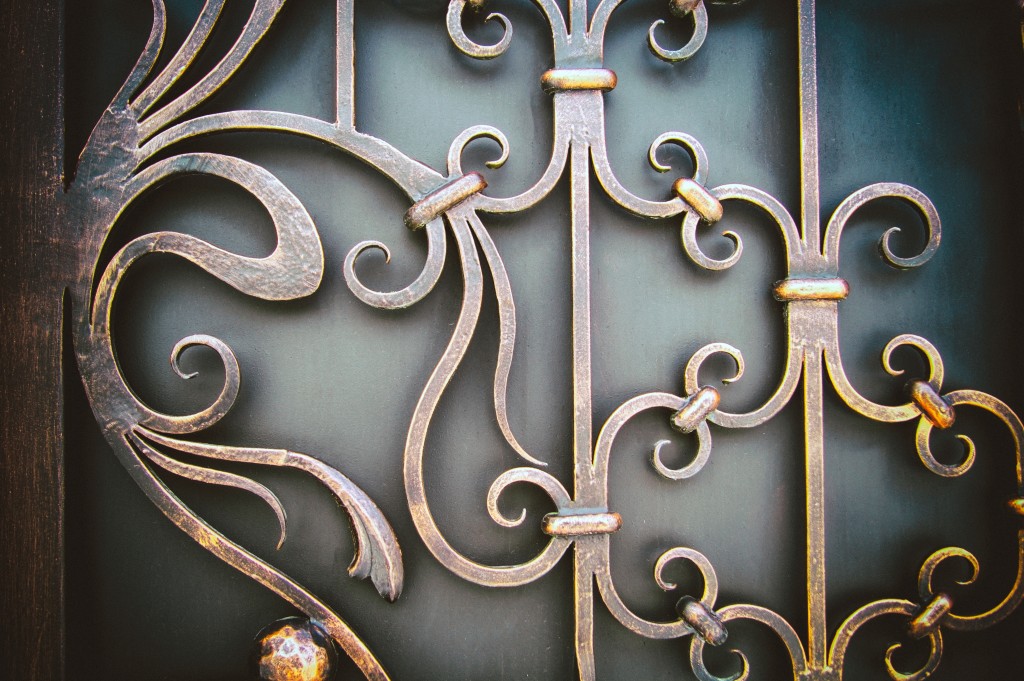Scandinavian architecture is defined by simplicity, craftsmanship, and functionality. This timeless aesthetic is perfect for anyone who values both form and function.
What is Scandinavian architecture?
Scandinavian design and architecture are characterized by clean lines, durable natural materials, and utility, emphasizing quality over quantity. The overarching philosophy behind this architectural and design style is to create a living space that’s visually appealing while remaining sustainable and livable.
Scandinavian design elements make use of organically sourced materials to build robust, minimalist structures that blend in seamlessly with its surrounding environment. For example, Scandinavian bedrooms emphasize natural light sources and distressed hardwood floors, and even Scandinavian-style sheds feature minimalist shelving and wood-paneled garage doors.
The interiors of these structures are also defined by the concept of hygge — a Danish and Norwegian word that refers to a lifestyle that prioritizes coziness, contentment, and wellness by going back to basics and finding joy in simplicity.
What are the common characteristics of this architecture style?
 Natural light. This design aesthetic originated from Scandinavian and Nordic countries like Sweden, Iceland, and Denmark, where sunlight is scarce. Thus, there’s an emphasis on letting natural light flow into a living space, which can be achieved through glass windows, skylights, reflective surfaces, and open spaces.
Natural light. This design aesthetic originated from Scandinavian and Nordic countries like Sweden, Iceland, and Denmark, where sunlight is scarce. Thus, there’s an emphasis on letting natural light flow into a living space, which can be achieved through glass windows, skylights, reflective surfaces, and open spaces.
Minimalism. Minimalism refers to function, simplicity, and balance, but it’s more than just an aesthetic — it’s also a lifestyle. The ideology behind this movement is to accumulate fulfilling lived experiences rather than material possessions.
Striking silhouettes. Sleek, intricate shapes and silhouettes are what keep Scandinavian designs visually intriguing while simultaneously functional. That is what differentiates this architectural approach from others that concern themselves with embellishments and colors.
Neutral color palette. In keeping with the cool, neutral color palette of intense Nordic and Scandinavian weather and the emphasis on natural light, muted colors like gray, white, blue, and beige are staples of Scandinavian design.
Organic materials. Wood, flowers, and plants are heavily incorporated into the design of these structures. The goal is for these buildings’ interiors and exteriors to remain in harmony with the surrounding natural environment.
How you can incorporate Scandinavian design elements into your home
Declutter your home. Give yourself space to move around and breathe by getting rid of clutter. Keep what you need, and use colors and patterns sparingly and strategically. Simplicity doesn’t have to be boring, though — you can keep things minimal while still playing around with color and decorative accents to keep things interesting.
Bring nature into your home. Bring the outdoors inside with natural elements such as houseplants, wood, and natural upholstery and textiles. You should also opt for sustainable and environmentally-friendly materials when decorating and furnishing your home.
Prioritize quality. When it comes to furniture, invest in durable and practical pieces that are simple yet striking. Go for those made out of natural materials such as natural wood, linen, bamboo, brick, and concrete.
Embrace the hygge lifestyle. Create a comfortable and intimate living space with cozy accents such as chunky blankets, fluffy pillows, and plush carpets.
The increasing popularity of Scandinavian architecture and design over the last few years reflects the current conditions of the world. As more people value sustainability and minimalism above all else, this aesthetic will only continue to become more ubiquitous.



